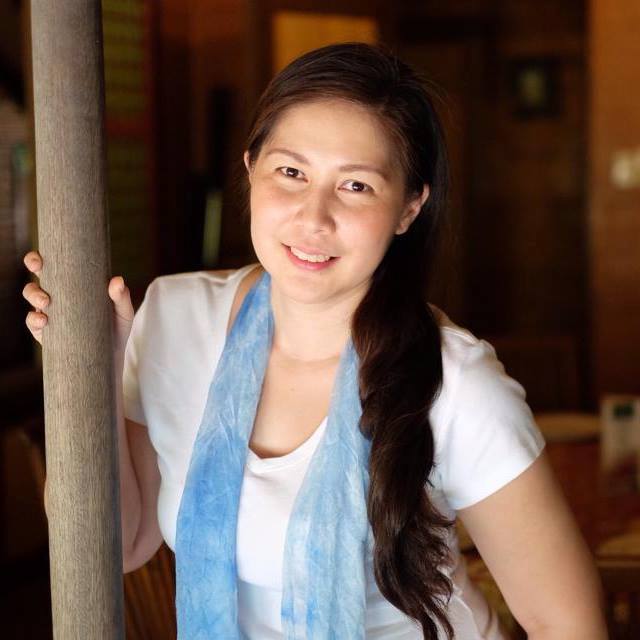My Future Surname
Mrs…???
Under the law, a married woman can opt to use (1) her maiden name, (2) her maiden name and her husband’s surname with the hyphen in the middle, or (3) her husband’s surname. However, once you have made the choice, you have to use it consistently for the rest of your life — i.e., all your records with SSS, Philhealth, Pag-ibig, BIR, passport, driver’s license, bank account, etc. have to show the same surname. Once you’ve made the choice, it would be very hard (and such a hassle) to change it so think it over carefully.
One dilemma or question that is quite hard to deal with for some, especially those brides who made a name for themselves already while single, is to decide which surname to use; use husband’s surname or hyphenate the surname.
I myself was one who wanted to retain my old surname and I regret doing so. To think that I felt so proud of myself to have found an LTO (after going through 2 rejections) that would allow me to hyphenate my surname.
Why do I regret it? After a couple of years it feels old and I found it easier to just say Mrs. Rana than say Mrs. Co-Rana not having to perennially correct the Corana they hear.
I missed several opportunities, like the ultrasound guy calling my husband Mr Co-Rana and he wasn’t expecting that, thus missing watching our firstborn’s first ultrasound, my friends having a really hard time finding my hospital room upon giving birth because there really is no Mrs Rana or Miss Co. And me having to wait long because they can’t find my paper filed under C for Co-Rana or finding Rana when I am filed under C.
And those wasted hours are no joke!
Also having to explain why my two valid government issued ID’s are not matching. One is Co-Rana, another is Rana. I wasn’t allowed by DFA to use Co-Rana.
I feel strongly about these inconveniences that I would repeatedly tell newlyweds to not hyphenate. If you really love your maiden name use it for social media or not legal ID’s.
But of course this is just my view. I asked our NaWies who used hyphenated surnames and I found a few who are happy about it and say that the inconveniences they went through are well worth it.
Those who are professionals, like doctors and architects, retained they maiden names with the PRC ID’s as tribute to their parents who paid for their tuition and made them who they are now.
If you want to go the hyphenated surname route, please be prepare for the following inconveniences:
1. Online forms. Some don’t accept special characters. So no hyphen pag finill-out ‘yung form.
2. Some offices will really not allow you to have hyphenated surname so your official documents will have some hyphenated and others will have your husband’s surname
3. Files being lost as they are not sure which alphabet to file your files in
4. Boxes provided are not enough to fit the hyphenated surname
5. Some offices ask you to provide supporting documents why your surname is hyphenated
Photo by Chino Dizon of www.chinodizon.com

